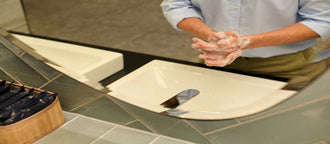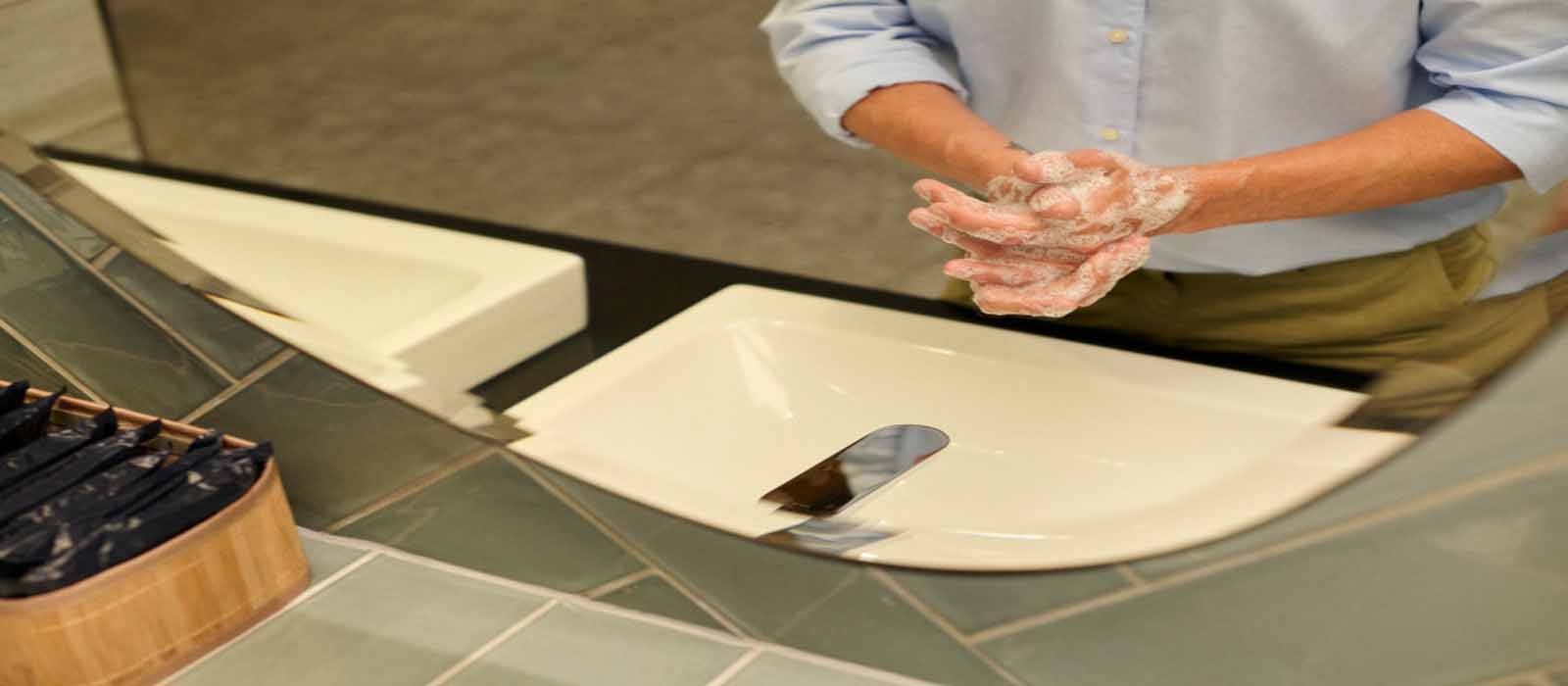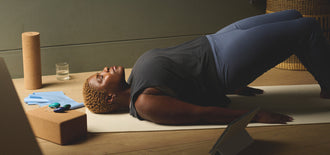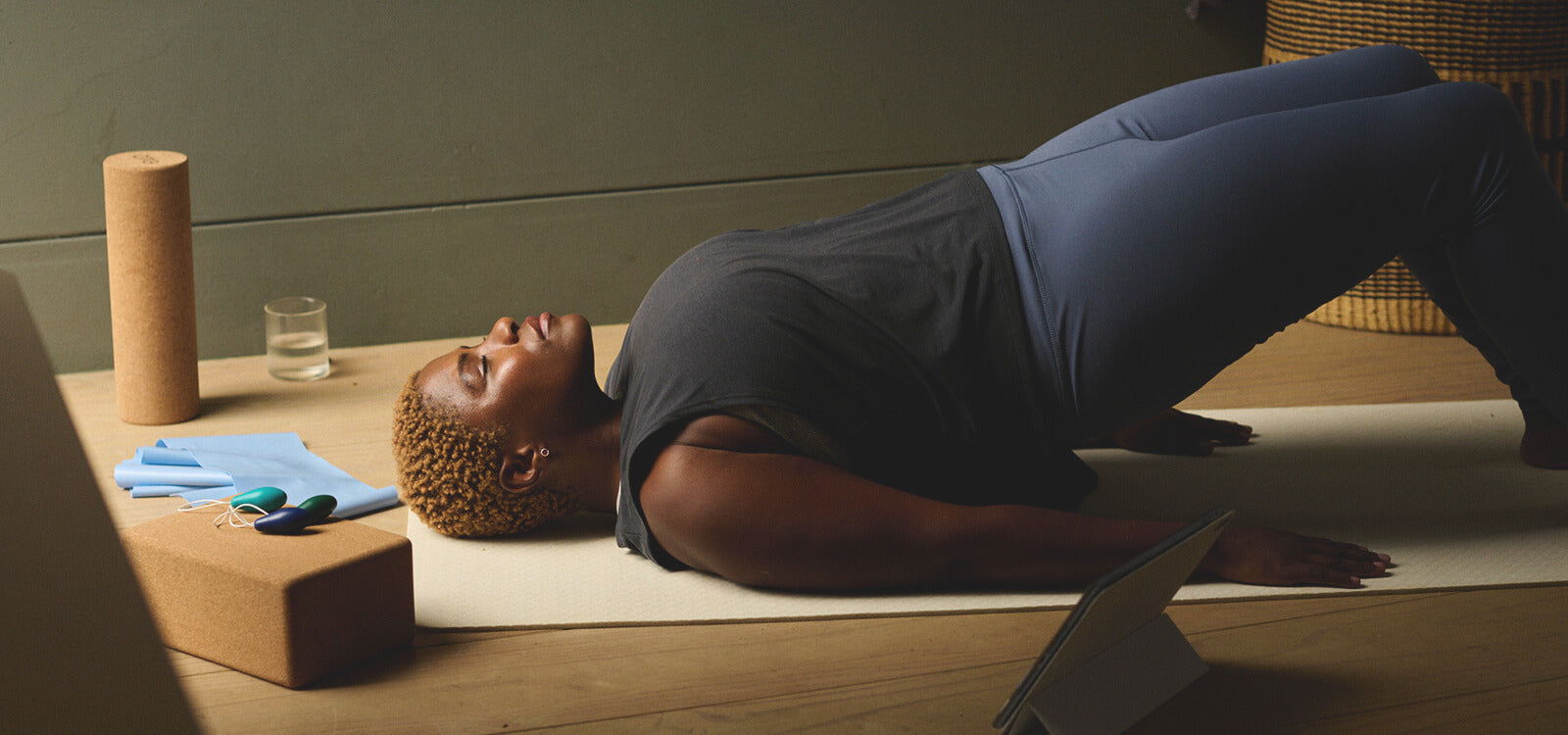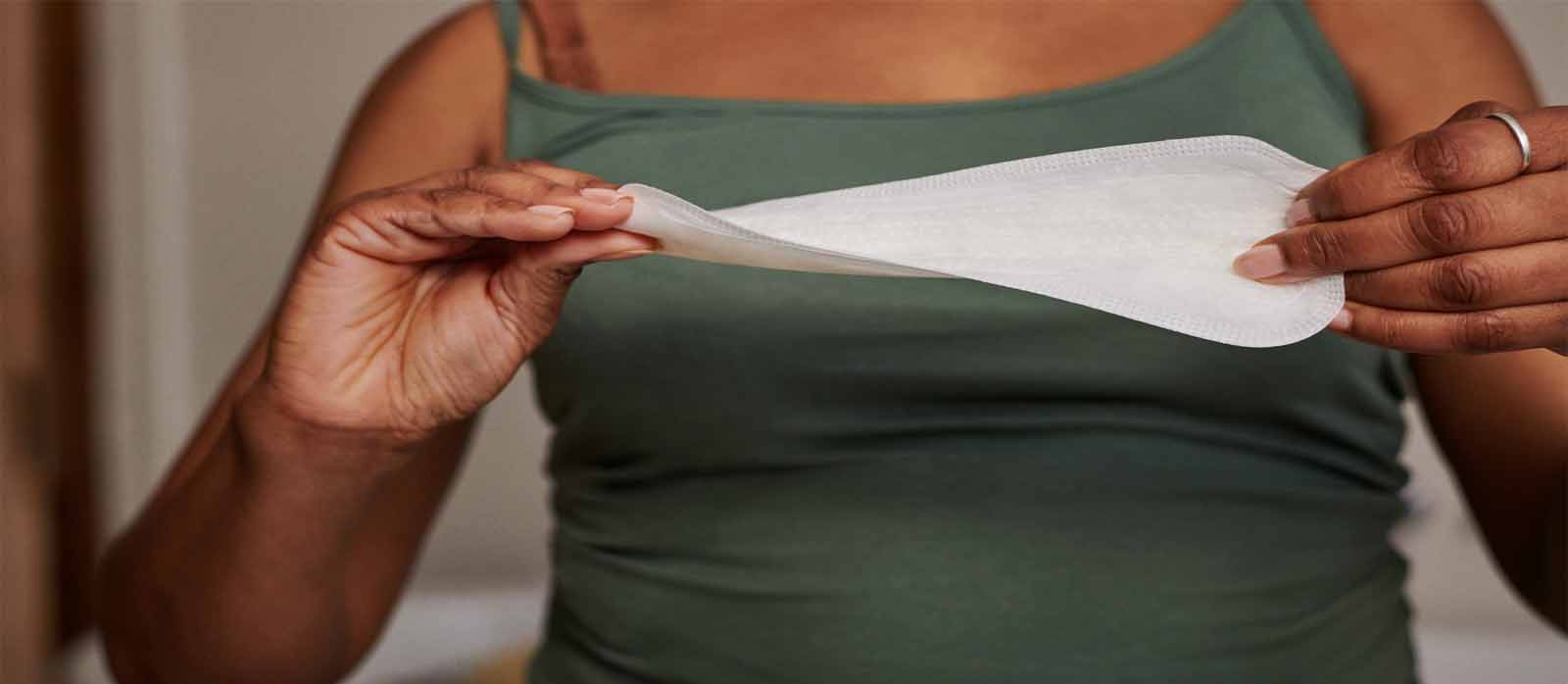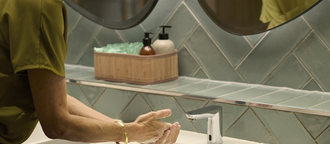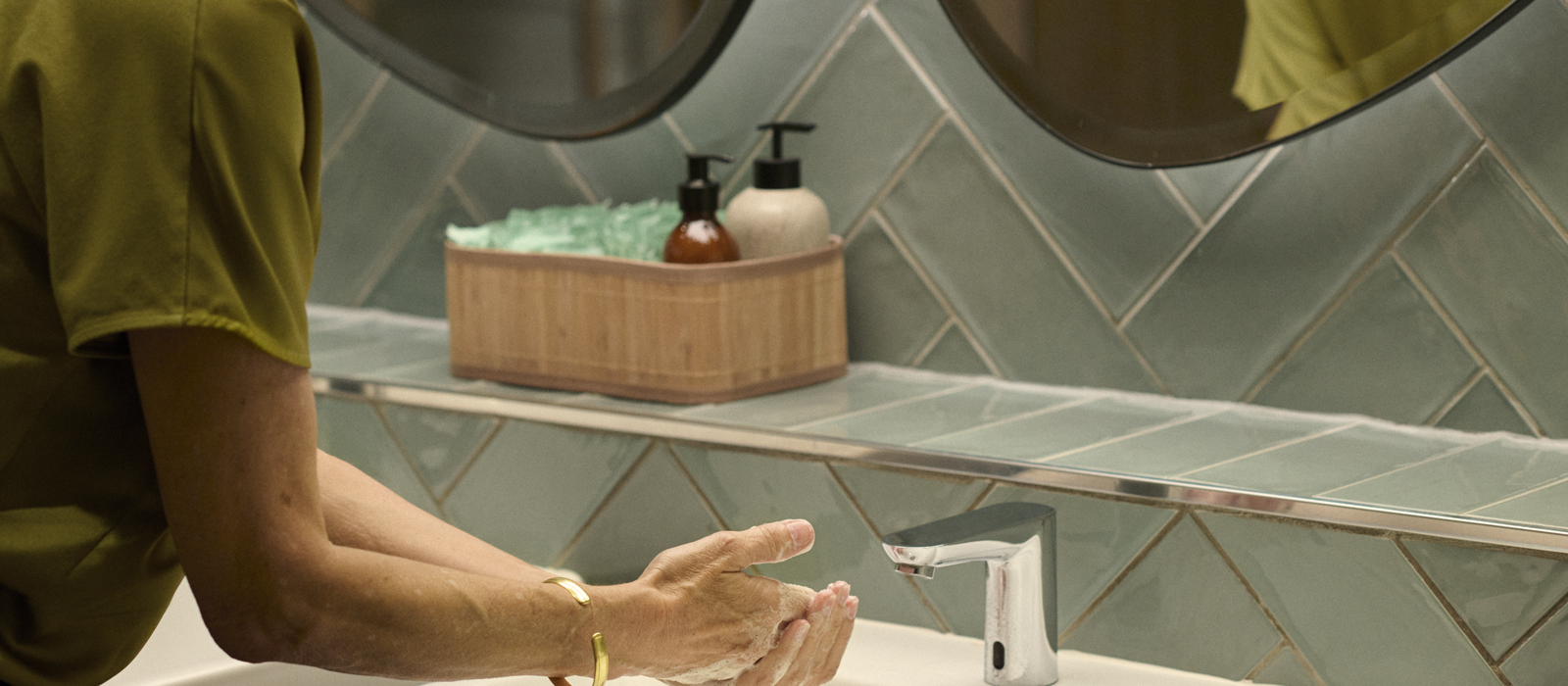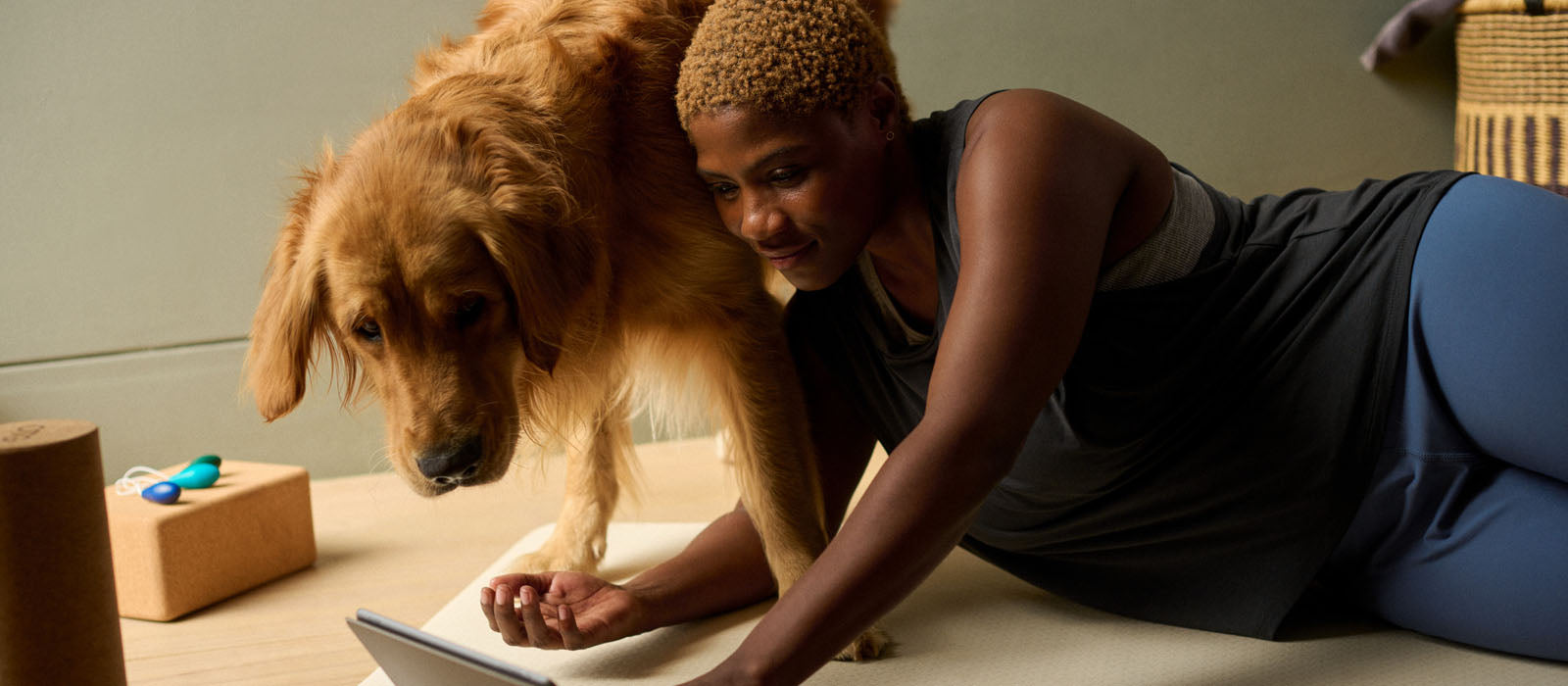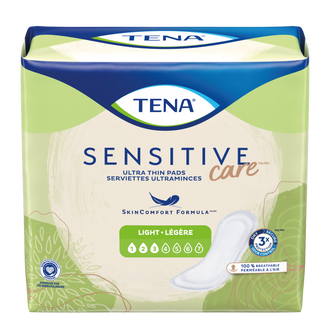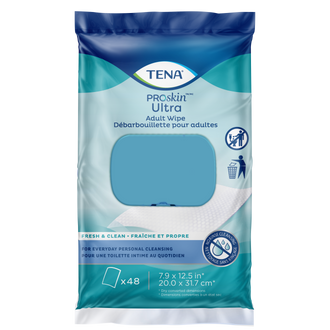May 07, 2025
Pregnancy is an exciting time full of change, but not all of it is easy to talk about. One issue that many expecting moms face, but don’t always discuss openly, is involuntary urination during pregnancy. If you’re dealing with it, you’re definitely not alone. Let’s dive into what pregnancy incontinence is, why it happens, and how to manage it, so you can feel more confident and comfortable during this unique time.
What Is Pregnancy Incontinence?
Pregnancy incontinence is when you experience unexpected urinary leakage during pregnancy.1 It's actually pretty common—around 40-50% of pregnant women deal with it at some point.1 It can happen for a variety of reasons: hormonal changes, added pressure on your bladder, or the muscles that support your pelvic floor becoming weaker.1
So, what’s going on in your body? During pregnancy, your body goes through hormonal shifts, especially with the increase in progesterone, which can cause the muscles around your bladder to become flexible.1 Then, as your baby grows, the uterus puts more and more pressure on your bladder, making it harder to hold it in.1 On top of that, the pelvic floor muscles, which help control urination, tend to weaken as your pregnancy progresses, making things a bit trickier when it comes to bladder control.1
What Are the Types of Pregnancy Incontinence?
Pregnancy incontinence doesn’t look the same for everyone. Some women experience leakage when they laugh or sneeze, while others feel a sudden, overwhelming need to go—even if their bladder isn’t full. There are three main types of pregnancy-related incontinence: stress incontinence, urge incontinence, and mixed incontinence. Let’s break them down.
Stress Incontinence
Stress incontinence is the most common type of pregnancy incontinence, and it happens when extra pressure on the bladder causes dribbling or urine to leak.1 Everyday actions like coughing, sneezing, laughing, or exercising can trigger it.
Learn more about stress incontinence here.
Urge Incontinence
Urge incontinence is when you suddenly feel a strong need to urinate—even if you just went. It can strike at any time, making it hard to get to the bathroom in time.1
Read more about urge incontinence here.
Mixed Incontinence
Some women don’t experience just one type of incontinence—they experience symptoms of both stress and urge incontinence. This means you might leak when you sneeze or laugh but also struggle with sudden, intense urges to go.1
Get more details on mixed incontinence here.
No matter which type of incontinence you’re dealing with, know that there are ways to manage and reduce symptoms so you can focus on enjoying your pregnancy with confidence.
Pelvic Floor Health: What It Is, and Why It’s Important
The pelvic floor is a group of muscles and ligaments that hold your bladder, uterus, and bowel in place.1
During pregnancy, these muscles take on extra pressure from your growing uterus.1 Plus, hormonal changes like an increase in progesterone can soften the ligaments, making the pelvic floor weaker.1 This can have an impact on your bladder and lead to issues like incontinence, as the muscles aren’t as strong to support everything they need to.
Throw in the weight of a growing baby and constipation, which we can also be prone to during pregnancy, and there’s even more pressure on the pelvic floor. This weakens the support around your urinary tract, which can mean you experience light leaks, especially when you laugh, cough or sneeze. The weight of your baby pushing up against your bladder also causes you to feel the urge to pee more frequently.
Strengthening your pelvic floor muscles through exercises like Kegels can help control the muscles that’ll be used during childbirth.1 The great part? Pelvic floor pregnancy exercises aren’t just important during pregnancy. Keeping these muscles strong can improve bladder control.1 It’s a simple way to feel more confident now and later.
How Pelvic Floor Exercises or Kegel Exercises Can Help Reduce Leaks
Your pelvic floor has been weakened, but since it’s a muscle, it can be trained again. Pelvic floor strengthening exercises can help to reduce leaks by strengthening the muscles in your pelvic floor.
This gives you the support you need to carry the extra weight of a baby while also counteracting the softening effect that those pregnancy hormones have on your muscles and ligaments. They also help to keep the pelvic floor elastic with good blood circulation, which can improve recovery time after childbirth.
How to Strengthen Your Pelvic Floor During Pregnancy
Step 1: Find Your Pelvic Floor Muscles
The next time you are peeing, focus on stopping the flow of urine midway through emptying your bladder. Stop the flow for a second or two, then relax and finish emptying as normal. This is a great way to help you identify your pelvic floor muscles if you’re having trouble finding them. This is not a pelvic floor exercise, so only do this if you need to understand which muscles to engage.
Step 2: Work on Your Technique
The best way to most effectively engage your pelvic floor while pregnant is to lie on your side. This allows you to concentrate on strengthening the muscles while avoiding the extra degree of difficulty that gravity throws in when you’re sitting or standing.
The technique behind postpartum pelvic floor exercises isn’t difficult, but it does take a bit of practice before you can perform it effectively.
Start by tightening the muscles gently so you can feel the pelvic floor muscles lifting and drawing together and squeeze for as long as you can (you might only be able to hold for a couple of seconds, or you might make it to five seconds) then relax for the same amount of time. And repeat.
Be careful not to tighten the muscles in your abdomen, thighs or buttocks. You should only engage the pelvic floor muscles and try not to hold your breath as you do it. If you’re in any doubt about your technique, it’s a good idea to contact a healthcare professional for advice.
Step 3: Start Your Pelvic Floor Exercises
There are a few different pelvic floor exercises you can try. If you can, try to do three pelvic floor exercises a day and mix up the types to work your pelvic floor in different ways.
- The simple clench: To isolate the pelvic floor muscles, start by clenching the muscles around your back passage. Then continue clenching around the vagina and urethra. Keep clenching as if you are holding something in your vagina, while keeping your buttocks and thighs relaxed. Keep clenching for two seconds, then relax for two seconds. Repeat as many times as you can.
- The strength clench: Clench the pelvic floor muscles as tightly as you can. See if you can hold for five seconds, relax for five seconds and repeat that 5–10 times. It’s okay if you can’t do this right away; how long you can hold for will depend on how strong your pelvic floor is. Start small and build up slowly.
- The endurance clench: Clench with medium tightness for as long as possible. Try to hold the clench for 60 seconds. Do this each time you’ve finished a session of strength clenching.
- Quickness clench: Clench as hard as you can for two seconds. Then relax for two seconds. Repeat this 5–10 times. It’s a great one to try if you feel a sneeze, cough or laugh coming to avoid a leak.
What Are the Best Exercises for a Healthier, Fitter Pregnancy?
Staying active during pregnancy is key to keeping your body strong and healthy. And it’ll help you adapt to your changing shape.2
The good news is, there are plenty of safe and effective exercises to try. Here are some great options2:
- Walking: It's easy on the body, helps with circulation, and boosts energy levels. Plus, it’s great for overall fitness!
- Swimming: The water supports your body, taking the pressure off your joints while giving you a full-body workout.
- Prenatal yoga: This helps with flexibility, strength, and relaxation. It’s also great for relieving pregnancy discomfort like back pain and swelling.
- Low-impact aerobics: These exercises get your heart rate up without the strain on your joints, keeping you fit and active throughout pregnancy.
As your pregnancy progresses, you can modify these exercises to fit your changing body. For example, during later stages, consider walking at a slower pace or trying chair yoga to reduce strain.
What Are the Best Stomach-Strengthening Exercises During Pregnancy?
Core strength is super important during pregnancy to support your growing belly, improve posture, and prepare your body for labor. However, traditional stomach exercises like crunches and sit-ups can strain your abdominal muscles and the linea alba (the connective tissue running down the middle of your belly), especially as your belly expands. Instead, focus on safer options:3
- Pelvic tilts: These target the lower back and help engage your core without putting strain on the abdomen.
- Seated knee lifts: While sitting, lift your knees one at a time to engage the lower abdominal muscles in a controlled way.
- Diaphragmatic breathing: This deep-breathing exercise engages the diaphragm and supports the core without over-stretching abdominal muscles.
Focusing on these exercises will help you maintain a strong core, which is essential for a smoother pregnancy and postpartum recovery
Pregnancy Exercise Safety: Which Exercises to Avoid
While staying active during pregnancy is important, some exercises can put extra strain on your body and pelvic floor and increases the risk of incontinence.
Avoid lying flat on your back for long periods, especially after 16 weeks. The weight of your bump can press on a main blood vessel, potentially causing you to feel faint or dizzy.3
Skip contact sports like kickboxing, judo, or squash, where there’s a risk of being hit, as this can increase the risk of injury.³ Likewise, sudden movements, jumping or impact can make bladder leakage more likely in these types of sports.
Remember, choosing the right exercises during pregnancy can keep you feeling strong and comfortable, without increasing your risk of incontinence.
How to Strengthen Your Pelvic Floor After Childbirth
During the first one or two weeks after birth, you’ll find that you pee much more frequently as your body gets rid of the excess fluid you retained during your pregnancy. While you can be super diligent with pelvic floor exercises for incontinence while pregnant, you might find it trickier after birth.
Learn more about postpartum incontinence.
Labor puts a lot of pressure on your pelvic floor. It has been stretched and there’s a lot of bruising and swelling, so it can take a while for you to identify the muscles again and build up strength.
What Are the Best Pelvic Floor Exercises for Postpartum Recovery?
Kegel exercises are one of the best ways to gently rebuild pelvic floor strength. Here’s how to do them safely postpartum1:
- Identify the right muscles by stopping the flow of urine midstream.
- Gently squeeze the muscles and hold for a slow count of 10 seconds.
- Relax fully for a few seconds.
- Start with 15 reps and gradually build up as you feel stronger.1
Be gentle and stop if you feel pain or discomfort. Remember, slow and steady is the way to go!
You can usually start doing light pelvic floor exercises as soon as you feel ready—often within a few days after a vaginal birth and a bit longer if you’ve had a C-section. But always check with your healthcare provider if you’re unsure.
It can take a few weeks to see some improvement, or it may take a few months. Everyone is different. If you feel like the pelvic floor strengthening isn’t working after a few months, or if you have any questions, have a chat with your doctor and/or a physical therapist.
The weight of carrying around a baby for nine months and labor can cause bladder weakness for a while after childbirth, which is very common. Urine leaks can last a few weeks, or over time you might find that you experience the odd accident now and again.
Find the Right Protection for Pregnancy and Postpartum Incontinence
It’s worth investing in pads or liners that have the right absorbency levels to meet your requirements. If you’re experiencing heavy urinary leaks, TENA Sensitive Care Ultimate Incontinence Pads are a heavier absorbency pad with a gentle SkinComfort Formula. The skin friendly layer, in combination with soft and 100% breathable materials, help protect intimate skin.
For lighter leaks, TENA Sensitive Care Very Light Liners provide triple protection against leaks, odor, and moisture.
Conclusion
Pelvic floor exercises for incontinence can be a great way to manage and reduce leaks during and after pregnancy. It’s important to note that not all bladder and incontinence problems can be improved with pelvic floor exercises alone, so if you’re unsure about your symptoms, consult a healthcare professional for tailored advice.
TENA is here to help you navigate your pregnancy and postpartum journey, with practical advice for pregnancy and postpartum incontinence. If you feel that you need more support, don’t hesitate to contact a healthcare professional, like your nearest GP. We have a huge range of products designed to support you. Check out the full range of incontinence products for women and don’t hesitate to contact us if you can’t find the right product for you.
FAQS
Can Pelvic Floor Exercises Improve Labour, Delivery, and Postpartum Recovery?
Absolutely! A strong pelvic floor helps you control the muscles you’ll use during labor.1 Plus, the stronger your pelvic floor muscles are going into birth, the easier it is to recover bladder control afterward.1
Why Does My Uterus Hurt After Doing Pelvic Floor Exercises?
A little soreness or mild cramping can be normal, especially if you’re just starting out or working muscles that haven’t been activated in a while. Sharp pain, persistent discomfort, or pressure that feels “off” might mean you’re overdoing it or using the wrong technique. If the discomfort doesn’t ease or feels severe, it’s always best to check in with your healthcare provider.
Can Urinary Tract Infections (UTIs) Affect Pregnancy Incontinence?
Yes, UTIs can make you feel like you need to pee more often and sometimes lead to leaks. Pregnant women are more prone to UTIs due to the pressure of the uterus on the bladder.4 The increased pressure can block urine from flowing and make it a perfect environment for a bacterial infection.4
Read more about UTIs during pregnancy here.
References
1. Cleveland Clinic. ‘Pregnancy and Bladder Control’. 2023. Available from: https://my.clevelandclinic.org/health/diseases/16094-pregnancy-and-bladder-control
2. Harvard Health Publishing. ‘Step-by-step guide to performing Kegel exercises’. 2024. Available from: https://www.health.harvard.edu/step-by-step-guide-to-performing-kegel-exercises
3. ACOG. ‘Exercise in Pregnancy’. 2024. Available from: https://www.acog.org/womens-health/faqs/exercise-during-pregnancy
4. Cleveland Clinic. ‘UTI during pregnancy.’ 2024. Available from: https://my.clevelandclinic.org/health/diseases/uti-during-pregnancy



















































